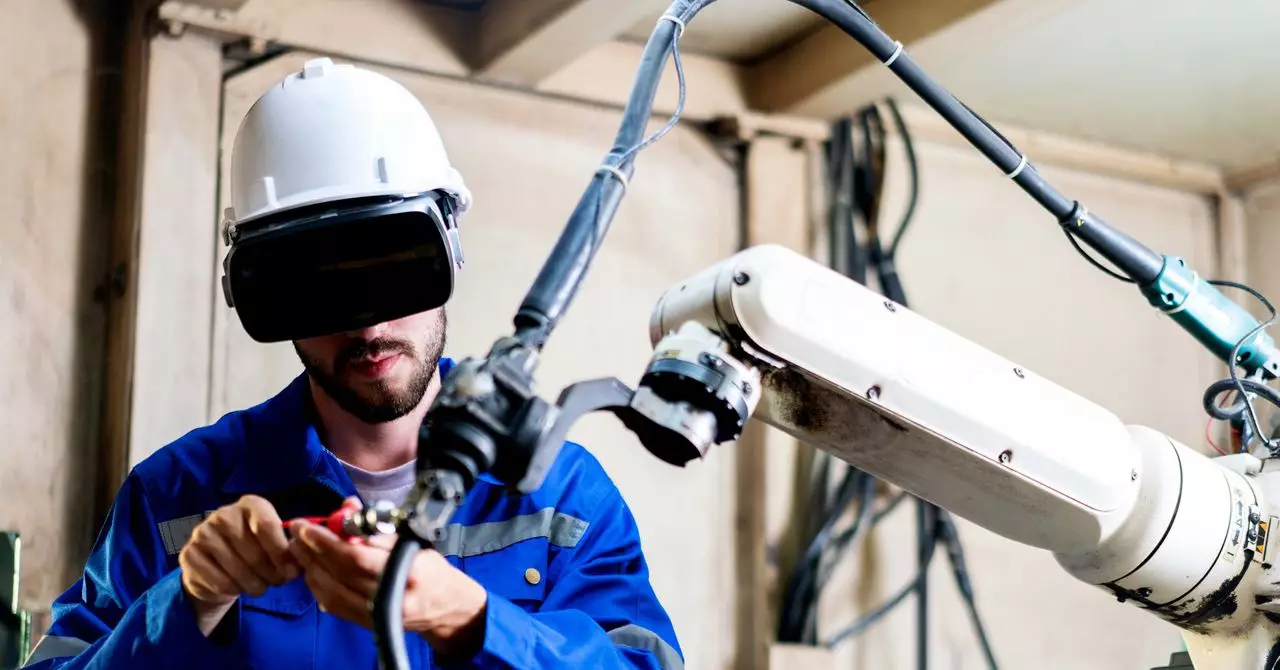The automotive and manufacturing industries have historically relied on hands-on processes to diagnose and solve issues during production setups. Companies like BMW would embark on exhaustive physical trials, pushing chassis through assembly lines to identify potential snags in real-time. However, this method, while effective, was costly and time-consuming, often resulting in hefty delays and an increase in budget overruns. Enter the industrial metaverse—a game-changing solution that integrates advanced software technologies to simulate production environments digitally, eliminating the archaic need for physical testing.
In today’s digital landscape, simulations have become sophisticated tools allowing process engineers to prototype and verify various scenarios within a near-identical virtual factory setup. This transition to digital twin technology embodies a major leap forward, reducing the uncertainty associated with physical trials. The industrial metaverse offers a range of applications that support product development and operational efficiency—an indispensable asset in a competitive market.
The Promise of Spatial Computing
As the boundaries between physical and digital realms continue to blur, experts like Varvn Aryacetas from Deloitte refer to this convergence as spatial computing. This innovative paradigm does more than bridge two worlds; it transforms them into an interconnected ecosystem where information is fluid and insights are gleaned faster than ever. This encompasses everything from virtual and augmented reality training modules for employees to realistic simulations for product design and layout configurations.
This spatial computing is particularly relevant in sectors with high stakes, such as manufacturing, where costly errors can ripple through the supply chain. By implementing virtual solutions, companies can experiment with full-scale simulations of their factories, assessing workflows, and logistical arrangements in a risk-free environment. In this realm, resources are allocated more wisely, and opportunities for efficiency are maximized.
Nvidia and the Rise of Omniverse
A cornerstone of the industrial metaverse is Nvidia’s Omniverse, a groundbreaking platform designed for creating simulations and managing digital twins. By revolutionizing the way we visualize and interact with data, Nvidia has positioned its toolset as an essential asset for businesses looking to innovate. Rev Lebaredian, a prominent figure at Nvidia, emphasized the transformative power of this technology, noting that simulating real-world systems within a digital framework is vital for developing autonomous solutions in manufacturing processes.
Industries ripe for transformation—from retail giants like Lowe’s, which utilizes Omniverse for designing store layouts to architectural firms like Zaha Hadid Architects creating virtual collaboration models—are increasingly recognizing the strategic value of these tools. Moreover, Amazon has adopted simulation technologies for training its robotic workforce in virtual environments prior to real-world deployment, ensuring seamless integration into operational floors.
BMW’s Virtual Factory Revolution
The implementation of the industrial metaverse at BMW serves as a prime example of how this technology is reshaping manufacturing practices. The automaker has innovated its approach by creating comprehensive virtual models of its factories, including the latest facility in Debrecen, Hungary. This meticulous virtual staging allows BMW to reconcile the complexities of its manufacturing processes while minimizing the risks associated with actual construction.
Utilizing the Universal Scene Description (OpenUSD) format, initiated by Pixar, BMW is able to develop intricate 3D models seamlessly. Coupled with Omniverse, these virtual models are not merely static representations but dynamic entities filled with data that can inform decision-making processes. Matthias Mayr, a virtual factory specialist at BMW, illustrates the intricacies involved—navigating through large-scale models can be as engaging as exploring a video game, yet more vital as it supports operational integrity.
Redefining the Future of Manufacturing
While some may perceive the industrial metaverse as a passing trend, its trajectory indicates a far deeper evolution within manufacturing. The synergy of augmented reality, simulations, and digital twins presents a transformative opportunity for productivity and creativity. Companies that embrace this shift are not just enhancing their operational methodologies—they are redefining the very nature of how products are designed, engineered, and delivered to market.
With an expected valuation of $100 billion globally by 2030, recognizing the potential of the industrial metaverse is no longer optional; it is imperative. What companies must now navigate is not just the acquisition of technology but the cultural adaptation that embraces innovation as a cornerstone of their operations. In this digital age, agility, foresight, and adaptability will be what separates the industry leaders from the rest.

